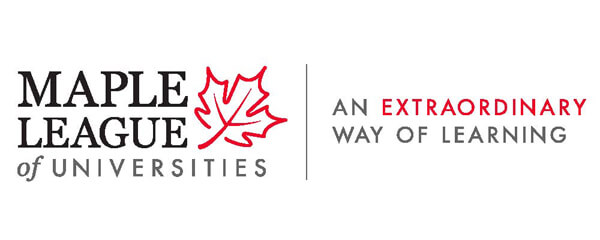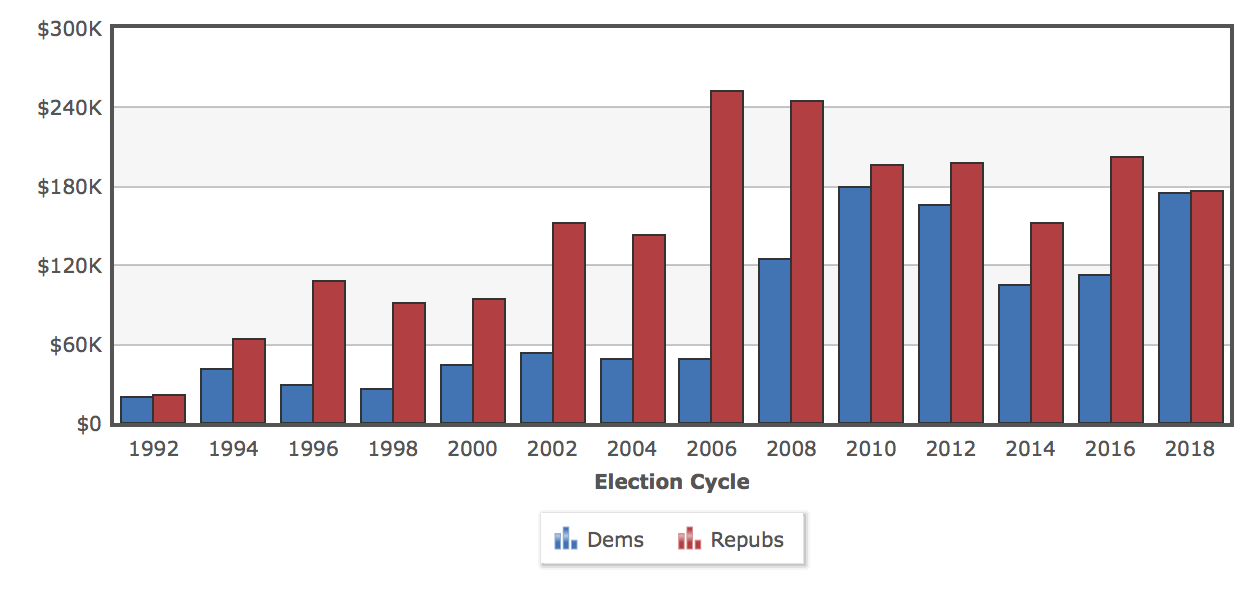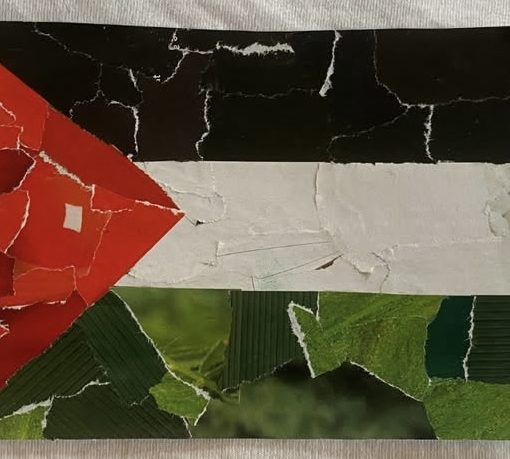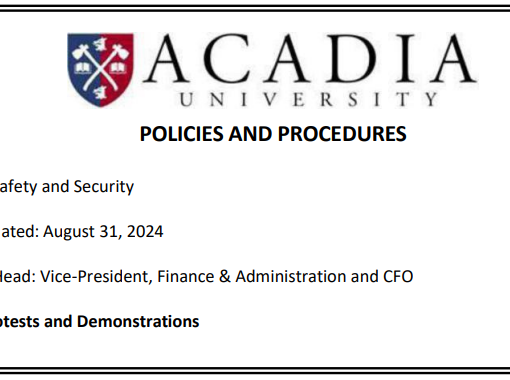“The Maple League is the most bold intervention in the landscape of higher education. It is the most disruptive, because it asks us to think differently than we think, and see differently than we do, and I think that is absolutely essential going forward, to challenge ourselves, to occupy a learner position, and to imagine a world that is different than the one we operate in.” — Jessica Ridell, Executive Director, Maple League.
It’s another morning at desks not yet carved, still yet to leave their mark on the carpet, sitting in silence waiting for class to start, a few students chatter. Other than the windows letting in the sunshine around the room, the only other thing breaking the architectural silence is the whiteboard, stretching across the wall at the front, and the slits in the roof where the projector comes down. What comes next is unknown to us. The professor walks in, the projector comes on and a beam of light from across the world lights up the wall in front of us. What happens next is open to the imagination.
Is it another person? A live demonstration? A virtual simulation? We know all the fantastic things to be discovered on our computer, but why, so often, is the screen at the front of the classroom another dry presentation? The essence of education is knowledge transfer and sharing, done most efficiently through lecturing, but most effectively through experiential learning.
Are we more concerned with getting through the material, or getting our students engaged in the world?
This is the mission statement of the Maple League of Universities, a consortium between Bishops, Mt. A, St. FX and Acadia that focuses on giving students greater course diversity, more experiential learning opportunities, and increasing student engagement with the professional world. The Maple League consists of 5 student representatives, her ‘advisors’ as Jessica Ridell, the executive director of the Maple League, says. These students help with design thinking, implementation, and success measurement of their activities.
“I see a real move towards entrepreneurship. There’s this great stat that 37% of Gen Z are already owning a business, they’re already entrepreneurs. 37%! So how do we harness that energy, how do we harness that creative and imaginative thinking, how do we build design thinking into our programs, particularly around the humanities, how do we encourage rigorous and well-designed experiential learning, and work integrated learning, so our students are graduating completely equipped to manage a rapidly changing job market.”
What does this look like?
“Entrepreneurship labs, social innovation, incubators and hubs, ways for you to engage with your colleagues and your peers across those 4 campuses…Each of our campuses has a Maple League telepresence room which has Cisco Telepresence Technology(TM). It’s the most sophisticated video conferencing technology that we have available to us, that gives a sort of virtual reality. If you’re sitting in a telepresence room, you’re looking at someone sitting at the table across from you, in the same lighting, in the same kind of room size, the same kind of really great connection.”
Jessica Ridell is a Shakespearean scholar. And when she looks at our universities, and our society, she sees many similarities. “intro quote”.
“If we’re to understand higher education in the next 10 years, we need to understand it is going to shift, dramatically.” Based on tech, based on demographics, based on funding. But what we’ve been really clear on and intentional about, is that technology is not driving our model. Our model is using technology to enhance what we do. And that’s a really important distinction. We are a primarily undergraduate liberal education model in rural and regional areas with strong relationships between and amongst student, faculty, staff and admin leaders. We are extraordinary in our student experience, so what kind of technology can we harness to enhance what we already do. It’s a tougher question than ‘ooh shiny object… lets adopt this technology and see what happens”.
Just as the world of Shakespeare’s Hamlet, his Midsummer Night’s Dream, and Romeo and Juliet are wrought with conflict and differing perspectives, often to the point of tragedy, so our lives, and our universities, contain all these moving pieces. Of all the faculties, students of different nationalities, and attempts at innovating and increasing technology, there is no single solution, no clearly defined path forward. This is what technology can help us with. It can help us see all these disparate efforts on one page, to scroll through the many program offerings, like joining Dr. Karen Blair on a novel trip to Germany and Polland to study the Holocaust, or go on a Buddhist retreat in Cape Breton, or join Prof. Ridell at the Stratford Festival in June. Technology can not only better connect our classrooms, but connect our minds for collaboration, sharing experiences and motivations. The solution that the Maple League delivers is one that concentrates all our different strengths into one channel, accessible to all.
“And there is this quote that I always go back to by a scholar named Ira Shor, and he says hope is changing the actual, in the name of the possible.”





